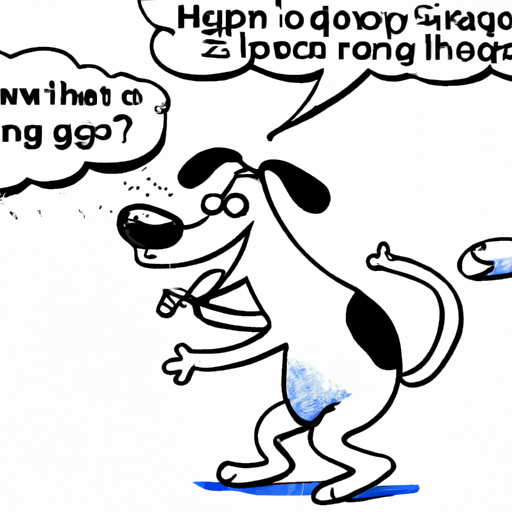Understanding Your Dog’s Emotions
As a caregiver, you are, undoubtedly, the most important person in your dog’s life. You are their provider, their confidant, their companion, and their family. You communicate with them in ways no one else can. But have you ever stopped to wonder how your four-legged friend communicates with you? Have you noticed that the wagging of a tail can mean so much more than we think? Let’s dig deeper into this fascinating topic.
Dogs use their tails as one of their primary means of communication. It’s their way of expressing emotions and intentions. A wagging tail doesn’t always mean a happy dog; it can also signify fear, agitation, or even aggression. Understanding these subtle signs can help you better connect with your dog and meet their emotional needs.
The Science Behind Tail Wagging
How a dog wags its tail is influenced by their brain’s right and left hemispheres. Research has shown that:
- A dog wags its tail to the right when they are happy or confident.
- A dog wags its tail to the left when they are frightened or anxious.
This knowledge can give you an insight into your dog’s emotional state, helping you react appropriately to their feelings.
| Wagging Direction | Emotional State |
|---|---|
| Right | Happy/Confident |
| Left | Frightened/Anxious |
The Different Types of Tail Wags
To further understand your dog’s emotions, it’s essential to learn about the various types of tail wags.
- Fast and Broad Wags: This usually indicates that your dog is happy or excited to see you.
- Slow Wags with a Low Tail: This could mean your dog is insecure or unsure.
Tail Wagging and Breed Differences
Tail wagging can also vary depending on the breed of the dog. Some breeds have naturally high tail carriage, while others may have their tails curled over their backs or straight down. Understanding the natural tail position of your breed will help you better interpret their tail wags.
How to Respond to Your Dog’s Tail Wags
Now that you understand what different tail wags mean, let’s discuss how to respond:
- If your dog’s tail wagging indicates happiness or excitement, respond with affection or a fun activity.
- If the tail wagging shows fear or anxiety, try to remove the stressor or comfort your dog.
Frequently Asked Questions
Q: Can I train my dog to wag its tail in a certain way?
A: No, tail wagging is an involuntary response controlled by a dog’s emotions.
Q: Does the speed of tail wagging matter?
A: Yes, a fast wag generally suggest excitement, while a slow wag can indicate insecurity or uncertainty.
Q: My dog’s tail is always low. Does that mean they’re always scared?
A: Not necessarily. Some breeds naturally hold their tails low. It’s important to know your breed’s typical tail position.
By understanding your dog’s tail wagging, you enhance your ability to communicate with your canine friend and provide better care for them. Remember, every wag tells a tale.



